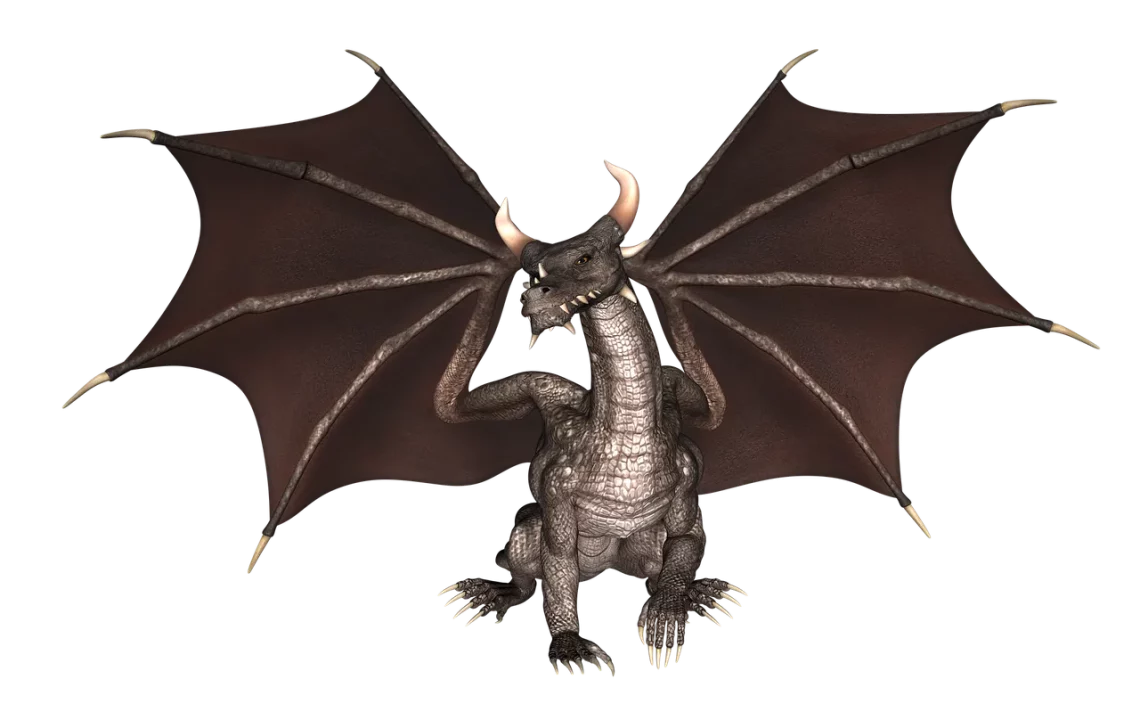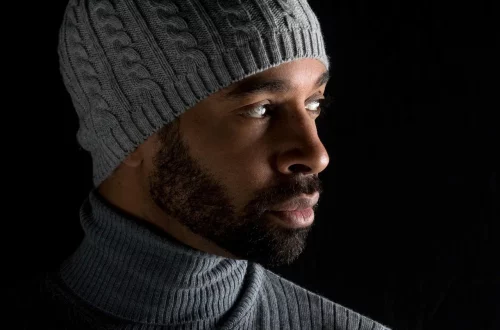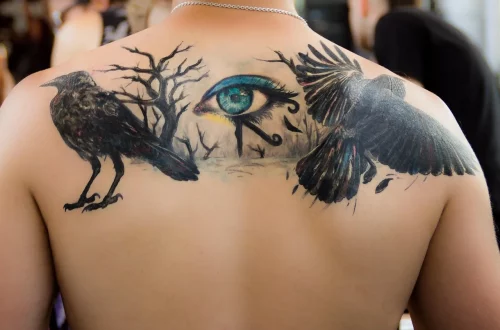
Exploring the Fantasy of How to Train Your Dragon Relationships
The world of “How to Train Your Dragon” captivates audiences with its rich storytelling and complex relationships. At its core, the narrative explores themes of friendship, loyalty, and the transformative power of understanding. The dynamic between humans and dragons serves as a metaphor for the bonds we forge in our own lives. These relationships are not merely a backdrop; they are integral to character development and plot progression.
As we delve into the intricate connections among characters, we see how love, trust, and communication shape their journeys. The series invites us to reflect on our own relationships, prompting us to consider how understanding and acceptance can bridge the gaps between even the most different of beings. Whether it’s the bond between Hiccup and Toothless or the friendships within the Viking community, each relationship offers a lens through which we can examine our interactions with those around us.
Ultimately, “How to Train Your Dragon” is more than just a fantasy tale; it is a study of the complexities of relationships and the ways they can evolve over time. Through the lens of this enchanting world, we can explore the nuances of companionship, the challenges of acceptance, and the joys of mutual respect, making it a timeless narrative that resonates with audiences of all ages.
Friendship and Loyalty in Dragon Training
At the heart of “How to Train Your Dragon” lies the powerful theme of friendship, particularly between Hiccup and Toothless. Their relationship begins with fear and misunderstanding, showcasing how initial perceptions can be transformed. Hiccup’s journey from a timid Viking to a dragon trainer is not just about mastering the art of riding a dragon; it’s about building trust and loyalty with a creature that was once perceived as a foe.
Throughout the series, we witness the evolution of their bond. Hiccup’s willingness to see beyond Toothless’s fierce exterior allows for a deeper connection to form. This friendship is a testament to the idea that loyalty is forged through shared experiences and mutual growth. Each challenge they face together strengthens their relationship, highlighting the importance of companionship in overcoming adversity.
Moreover, the friendships among the other characters, such as Astrid and the rest of the Dragon Riders, further illustrate the theme of loyalty. Their camaraderie is built on shared goals and mutual respect, encouraging viewers to value their own friendships. The series emphasizes that true loyalty goes beyond mere allegiance; it requires understanding, acceptance, and a willingness to stand by one another, even in the face of danger.
In essence, the relationships in “How to Train Your Dragon” serve as a reminder that friendships are vital in our lives. They challenge us to be better, to embrace differences, and to support one another through thick and thin. The portrayal of loyalty reinforces the notion that strong bonds can lead to remarkable resilience, both in fantasy and reality.
The Power of Understanding and Empathy
Understanding and empathy are central themes woven throughout the narrative of “How to Train Your Dragon.” Hiccup’s journey is marked by his ability to empathize with dragons, which is a radical departure from the Viking tradition of viewing them as enemies. His unique perspective allows him to connect with Toothless, ultimately leading to a revolutionary shift in how the Viking community views these creatures.
The series poignantly illustrates that understanding is not simply about knowledge; it involves emotional resonance and the ability to put oneself in another’s shoes. Hiccup’s relationship with Toothless exemplifies this idea. By recognizing Toothless as an individual with feelings and fears, Hiccup fosters a bond that transcends species. This connection not only transforms their lives but also has far-reaching implications for their communities.
Beyond Hiccup and Toothless, other characters also demonstrate the importance of empathy. Astrid, for instance, evolves from a skeptical warrior to a supportive partner, learning to see the value in Hiccup’s perspective. This growth underscores the idea that empathy can lead to deeper connections and more meaningful relationships.
The narrative also invites viewers to reflect on their own lives, encouraging them to practice empathy in their interactions. By understanding others’ emotions and perspectives, we can cultivate harmony and cooperation, fostering relationships that are built on respect and kindness. The lessons learned from “How to Train Your Dragon” remind us that in a world filled with differences, empathy is a bridge that unites us.
Challenges and Growth in Relationships
Relationships, whether human or dragon, often face challenges that test their strength. “How to Train Your Dragon” vividly portrays these trials through its characters’ journeys. Hiccup and Toothless encounter numerous obstacles, including misunderstandings, external threats, and personal insecurities. Each challenge serves as a catalyst for growth, teaching valuable lessons about resilience and the importance of communication.
One significant challenge arises when Hiccup’s leadership is questioned, leading to tensions within the group. This moment of discord illustrates that even the closest relationships can be strained under pressure. However, it is through open dialogue and vulnerability that Hiccup is able to mend these rifts. The resolution emphasizes how communication is crucial in navigating conflicts and preserving relationships.
Moreover, Hiccup’s journey of self-discovery also impacts his relationship with his father, Stoick. Initially, Stoick’s traditional views clash with Hiccup’s progressive mindset. This generational conflict highlights the difficulties that can arise when differing values come into play. However, as both characters learn to accept each other’s perspectives, their relationship deepens. This growth showcases the idea that understanding and compromise are essential in overcoming relational challenges.
Ultimately, “How to Train Your Dragon” reminds us that challenges are an inherent part of any relationship. It is through facing difficulties together that bonds are solidified. The series encourages viewers to embrace challenges as opportunities for growth, fostering stronger connections and deeper understanding among those we care about.
The Role of Acceptance in Transformative Relationships
Acceptance is a recurring theme in “How to Train Your Dragon,” playing a pivotal role in the transformative relationships depicted in the story. Hiccup’s acceptance of Toothless as a friend rather than an enemy sets the stage for a profound shift in both their lives and the Viking community’s perception of dragons. This acceptance is not instantaneous; it evolves over time, reflecting the complexities of building relationships.
The journey of acceptance is mirrored in the friendships among the Dragon Riders. Each character must confront their own biases and fears, ultimately learning to embrace their differences. For instance, Astrid learns to appreciate Hiccup’s unique approach to dragon training, recognizing that his methods yield extraordinary results. This acceptance fosters a collaborative atmosphere that enhances their collective strength.
Furthermore, the series challenges viewers to consider the importance of self-acceptance. Hiccup’s struggles with his identity as a leader and a dragon trainer resonate with many. His journey toward self-acceptance serves as an inspiring reminder that embracing one’s individuality can lead to authentic relationships. By accepting ourselves, we become more equipped to accept others, fostering deeper connections.
In conclusion, “How to Train Your Dragon” beautifully illustrates the transformative power of acceptance in relationships. By embracing differences and fostering an environment of understanding, characters are able to forge bonds that transcend fear and prejudice. The series ultimately encourages us to reflect on our own relationships, prompting us to practice acceptance and cultivate connections that enrich our lives.




